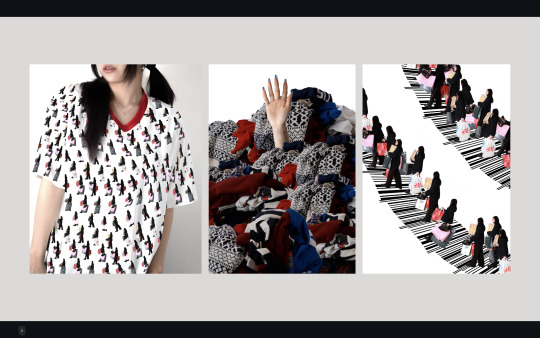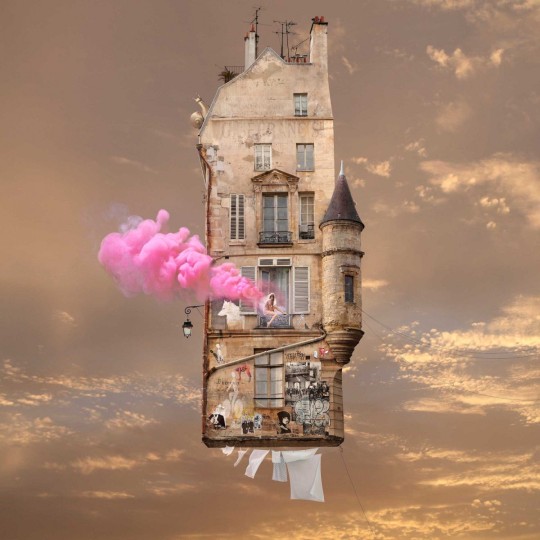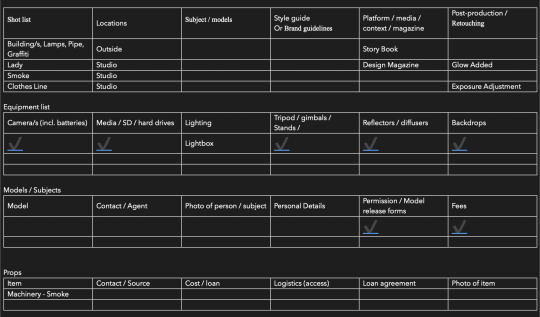Don't wanna be here? Send us removal request.
Text
Artist Model Research
Alexander Neumann


Born and raised in Peru, Alexander Neumann had an artistic influence from his homeland and father whom was a painter and art collector, leaving a profound effect on his career as the influences became so natural to Nuewmann’s themes of colour and playful style that establishes the photographer today. Studying and developing the mixture of art, philosophy and communications as a background, he discovered his love for photography.
Initially focusing on documentary and fine art photography, he sought creative challenges, thus moving to New York. Working with great influences along the way, his aesthetics and inspirations shifted closer to fashion and the vibrancy and elegance that his relaxed style and aura from his pieces create is a moulded reflection of his appreciation for all forms of art and honest authenticity.
Shotview.com/artists/alexander-neumann
Chris Jordan
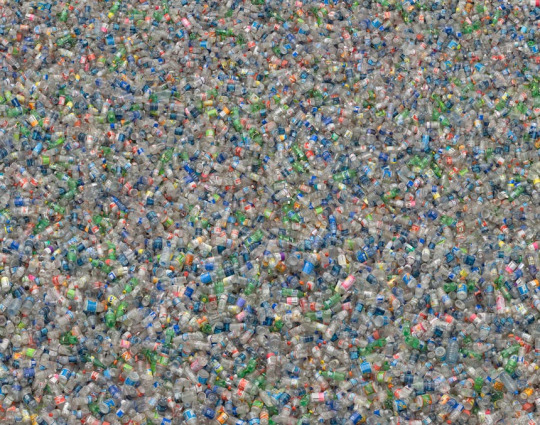
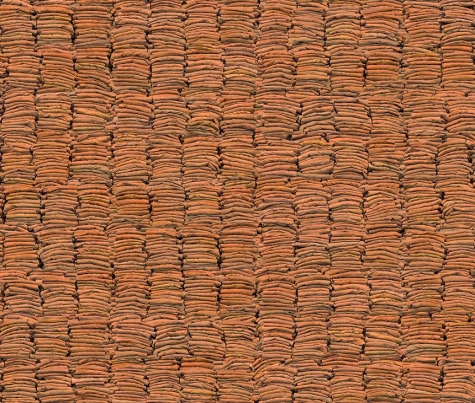
With a single image of compressed garbage pinned up on the wall of his studio, feeling such guilt and drive for a better tomorrow, Chris Jordan does his part of advocating a change, specifically in America’s prominent mass consumption of everything.
Exposing shocking sights of mass consumption, the environmental photographer employs the aspects of near and far, hoping to “raise some questions about roles and responsibilities we each play as individuals in a collective that is increasingly enormous, incomprehensible and overwhelming.”
In one way or another, Jordan believes and reminds us through his eco-art and photo manipulation, that everyone is an activist in their own ways and feels that in order to change the world, radical change must happen, knowing that an artist can bring personal and emotional aspects to making an impact.
Each image he captures, tells of a statistical story that not only captivates viewers, but also holds shocking information that relates back to our treatment to the planet we’re living in.
I was quite moved and inspired by the words, “as an American consumer myself, I am in no position to finger wag; but I do know that when we reflect on a difficult question in the absence of an answer, our attention can turn inward, and in that space may exist the possibility of some evolution of thought or action. So my hope is that these photographs can serve as portals to a kind of cultural self-inquiry. It may not be the most comfortable terrain, but I have heard it said that in risking self-awareness, at least we know that we are awake.” Which makes me think about my image manipulations and how I also want to provoke audiences to see and do.
Dario Catellani

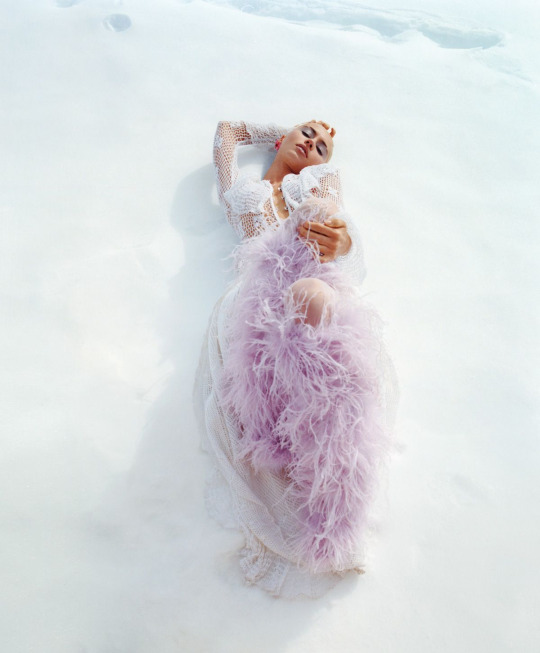
A self-taught photographer from Italy, Dario Catellani utilises his background in architecture and visual arts to dissect contemporary deliveries to images, which defines the unique visions of fashion photography.
Expanding his portfolio to include fine art photography, portraiture and documentary photography, Catellani’s work typically features people in extraordinary scenes as his photographs depicts a foundational use of light and composition with his use of natural light that uses a dream-like aura in his images.
Juco
A lighting workshop at the San Francisco Art Institute is where Julia Galdo and Cody Cloud's Los Angeles-based company, JUCO, got its start. With their daring, colourful, character-driven work, they are now working hard to establish a reputation for themselves in the commercial and editorial worlds.
The two had a peculiar path to photography. While Cloud was introduced by a hobbyist family friend who would take him on picture trips on the weekends when he was in his late teens, Galdo was trained as a marine biologist and discovered she had a flair for the medium by accident after taking a few lessons for pleasure. He assisted fashion photographers after graduating, and she went on to work in advertising. Both of their experiences shaped the way they do business. Within the squad, "we each have our own strengths and weaknesses," they claim. "My background as an art director has taught me how to pitch and tell stories, whereas Cody is extremely technical and knows how to move around a set."
Their dynamic, character-driven approach is constantly turned up to the extreme and unmistakably influenced by Guy Bourdin's scorching colours, Tim Walker's surrealism edge, and a mash-up of individual inspirations from their background. We have a wide range of interests, including anything from roller rinks to cowboys to South Central [LA] airbrush culture to thrift shops. I learned a lot about the Latin ghetto-fabulous style growing up in South Beach. These exposures taken as a whole are crucial to our job. These ideas helped design eye-catching editorials for The New Yorker, Time, and Vogue that featured everyone from Tyler the Creator to Kim Kardashian.
1 note
·
View note
Text
Reflective Statement
Creating an image series aimed at raising awareness about the issue of over-consumption of textile waste through photo manipulation in fashion has been a thought-provoking and challenging journey. This reflection delves into my creative process, the techniques employed, and the underlying message I sought to convey.
The initial phase of this project involved research to understand the multifaceted problem of textile waste. Searching through information on statistics, articles, and documentaries that shed light on how fashion sells through manipulation, influencing the growth of fast fashion and excessive clothing consumption. This research was challenging, yet crucial in framing the narrative I wanted to portray through my image series.
The central concept of my image series revolved around the allure of fashion photography and how it entices consumers to spend. Fashion photography has long been celebrated for its ability to create desire and fantasy around clothing. By manipulating images, I wanted to explore how this medium could be used to both captivate and educate viewers.
The creative process began with searching and selecting visually captivating photographs that highlighted my concept as a starting point. These ideas, to name a couple, featured both models addressing over-consumption by either being covered in extravagant bags or having been blindfolded while carrying shopping bags. \The juxtaposition of opulence with the stark reality of textile waste formed the core visual narrative.
I employed Photoshop in a more collage-like and straight forward imagery into fashion photographs that would be seen on billboards or confronting LED screens. This fusion was aimed at challenging viewers to confront the consequences of their consumption habits.
Colour grading and tonal adjustments were critical to creating a cohesive visual language for the series. I chose to increase the saturation of the images, using predominantly brighter and stronger tones to mimic the alluring effects that fashion photography uses to lure customers to sales. The incorporation of the different textures, fabrics and approaches to highlight the situation in a different way, further reinforced the message.
Throughout the process, I continually questioned the ethical implications of my work. The balance between creating engaging visuals and not glamourising the issue was a constant challenge. I wanted to draw viewers in, but not at the expense of romanticising over-consumption. This ethical dilemma pushed me to be more thoughtful in my image selection and manipulation techniques.
As the series took shape, feedback from peers and mentors was invaluable. Revisions and iterations were necessary to strike the right balance between artistry and activism.
In conclusion, the process of creating this image series to shed light on textile waste over-consumption was both enlightening and emotionally charged. It exercised my belief in the power of visual storytelling to provoke thought and inspire change. Through photo manipulation in fashion, I aimed to challenge societal norms and encourage viewers to reflect on their consumption patterns. It is my hope that this series serves as a catalyst for conversations about sustainable fashion choices and ultimately contributes to a more conscientious approach to clothing consumption.
1 note
·
View note
Text
Image Series - Furthering Developments
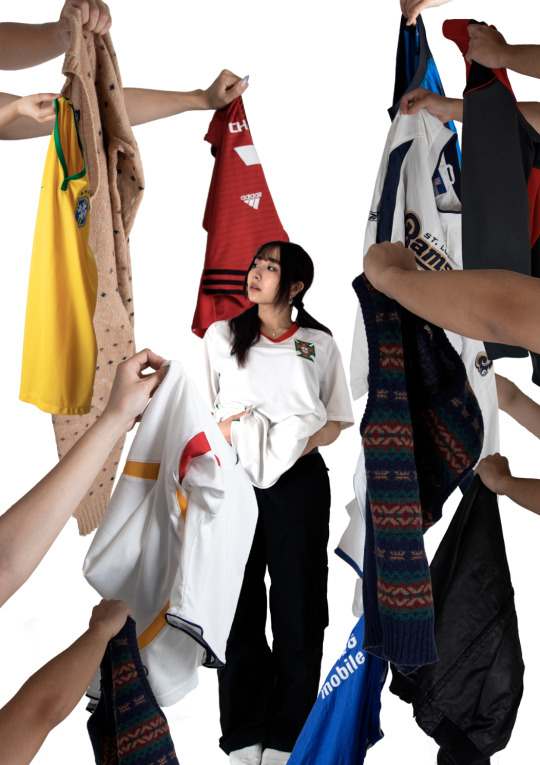
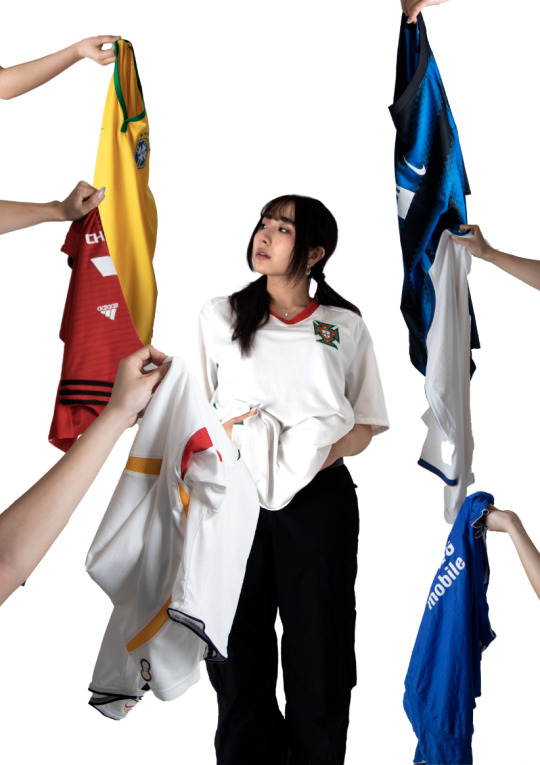



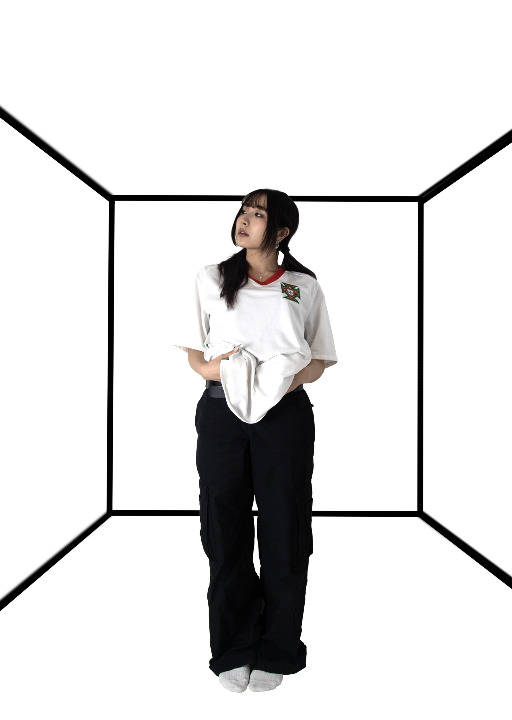
1 note
·
View note
Text
Image Series - Furthering Developments
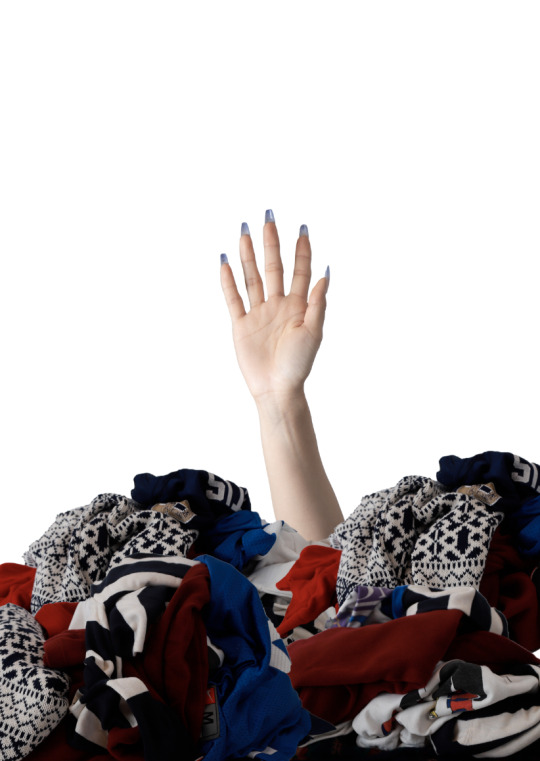

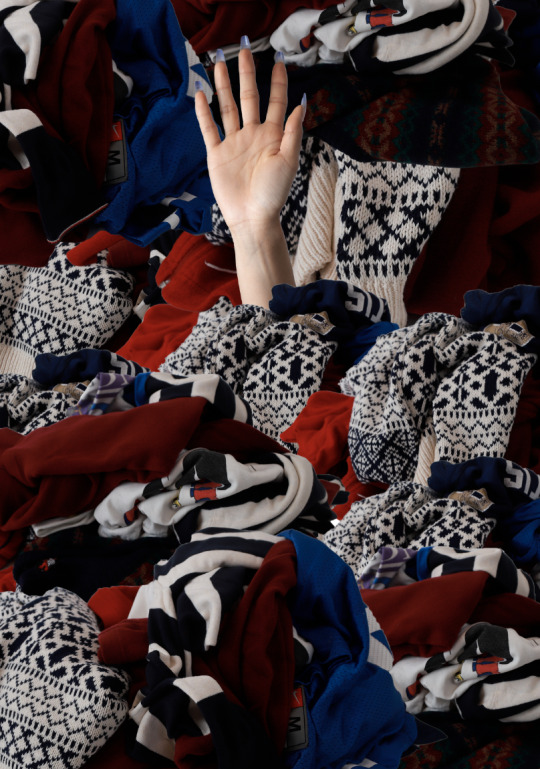
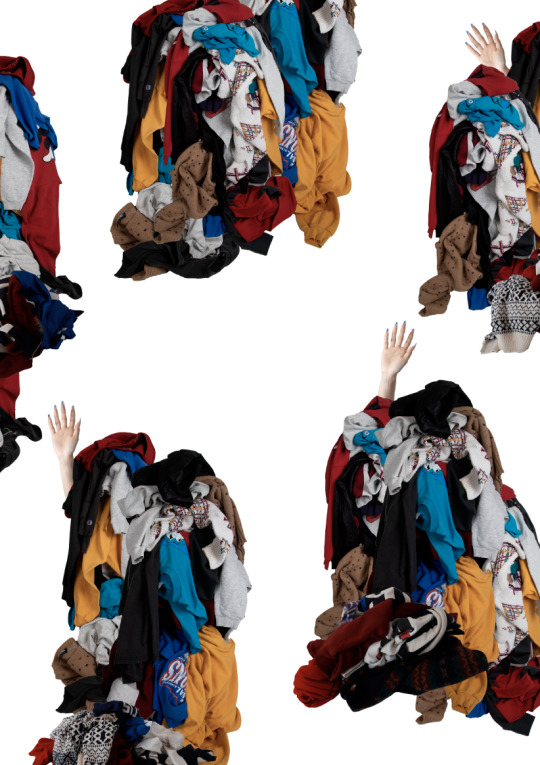
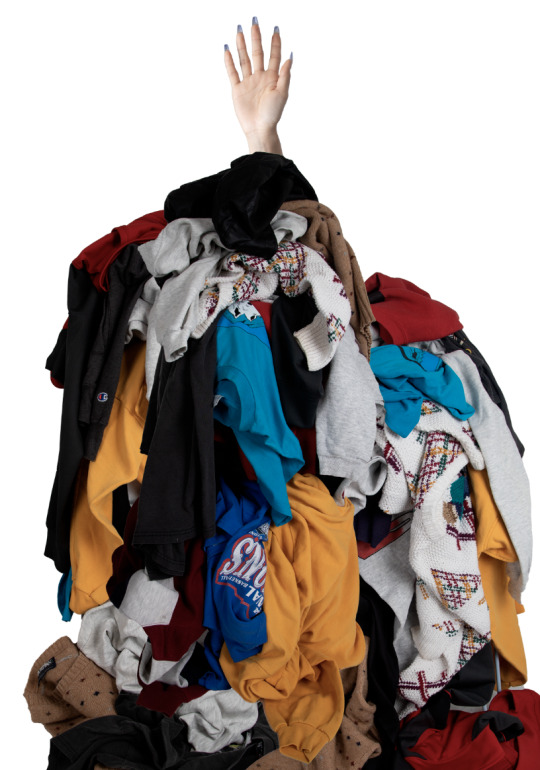
1 note
·
View note
Text
Image Series - Furthering Developments

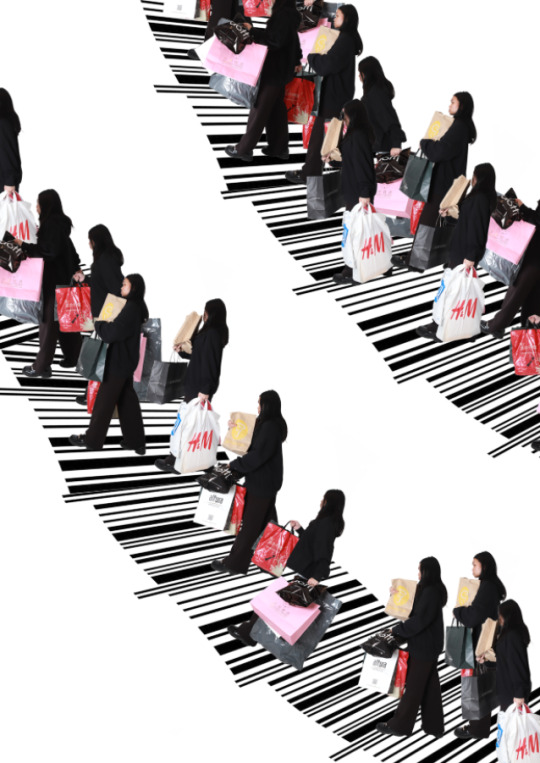
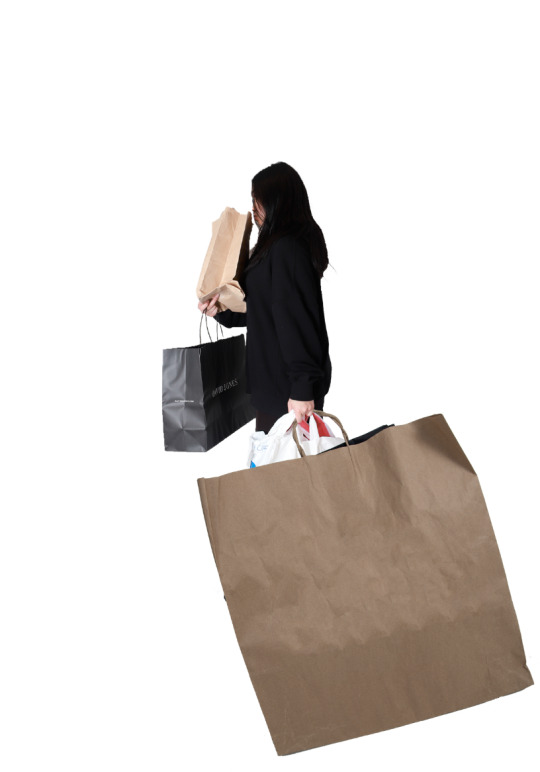
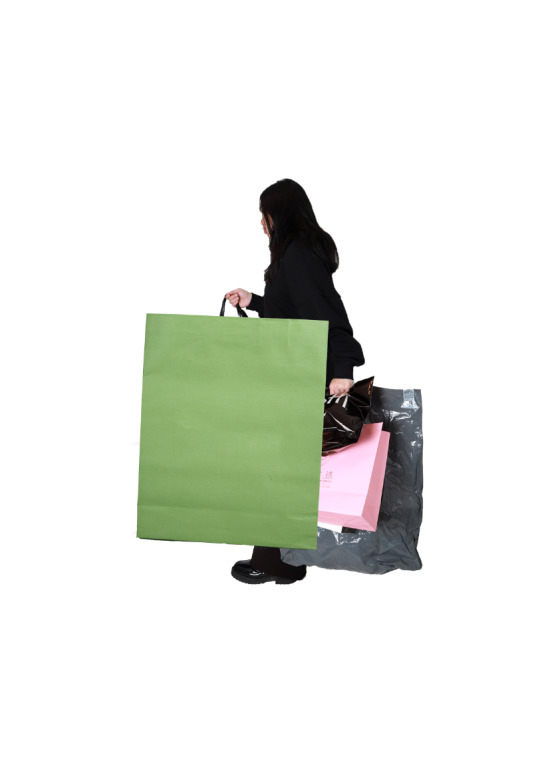
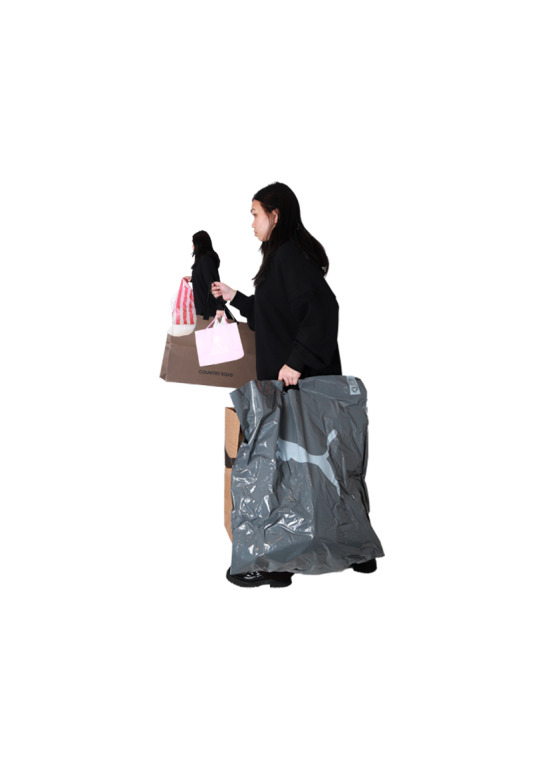

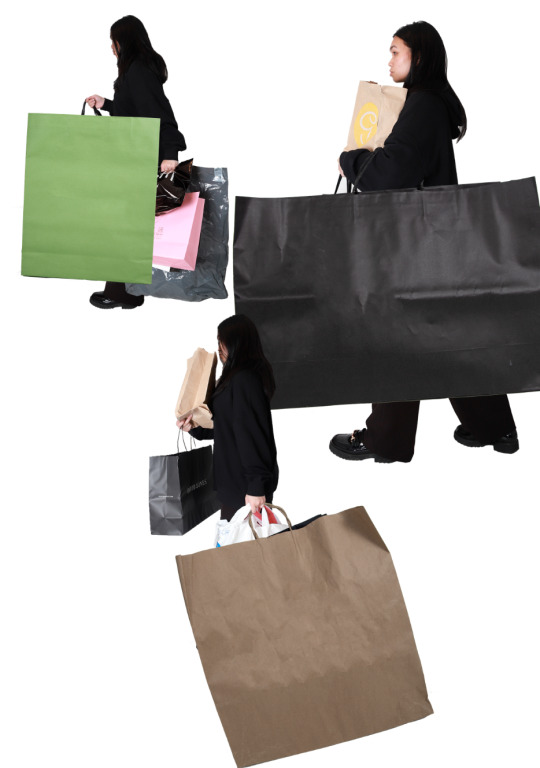
1 note
·
View note
Text
Image Series - Developments Ideas
Dario Catellani Inspired
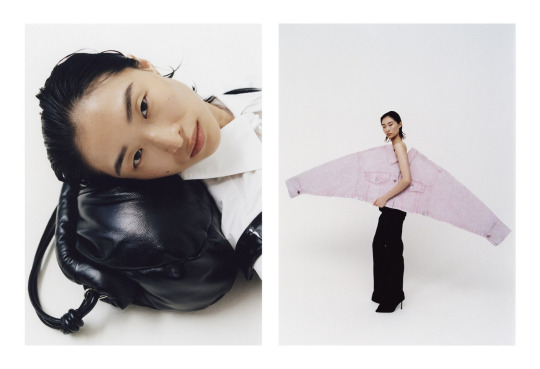

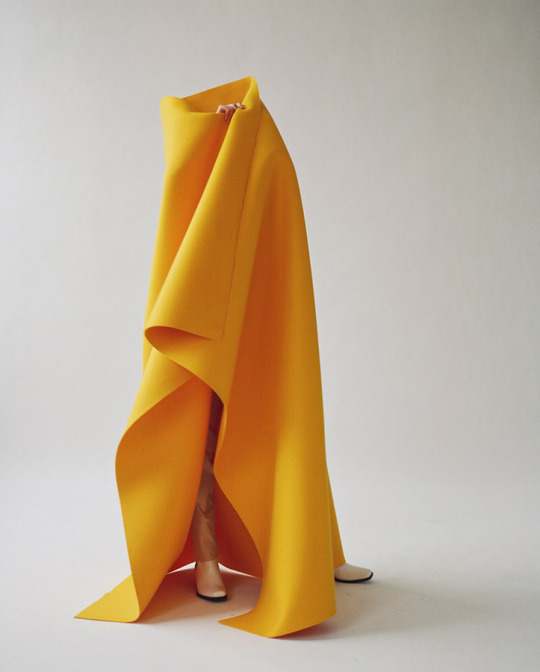
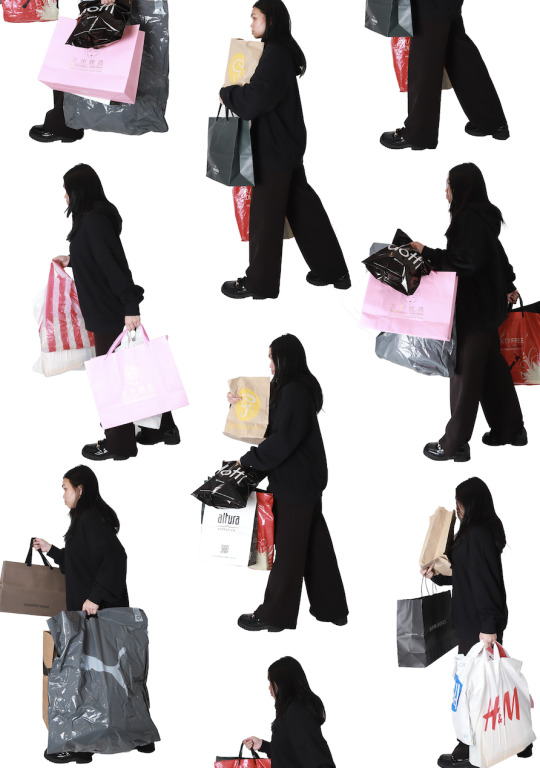
Looking at Catellani's work, I was quite intrigued at the use of enlarging items and seamlessly using them to provoke the viewers. I decided to do the same for my developments.
1 note
·
View note
Text
Contact Sheet - Furthering Developments
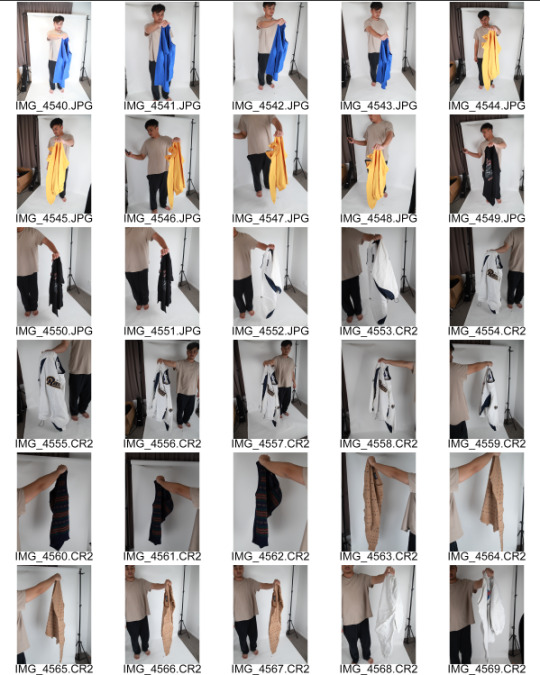

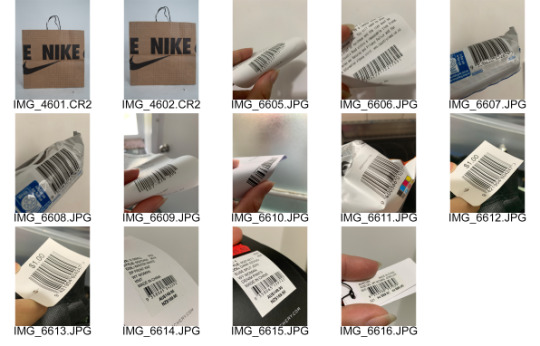
1 note
·
View note
Text
Supportive Research
Digital modification has been a beast with two heads since the introduction of photographic workflow on computers, aiding some people while harming others. Professional photographers often edit their images using apps like Adobe Photoshop, Lightroom, and iPhoto, and the majority of them do it mindlessly.
Summarised pro's and cons to fashion photography
- It facilitates interaction between the public and fashion designers
Through photography, creations of fashion designers all over the world were known to audiences near and far. It allowed people to have a direct look at their work and pieces, being able to make opinions on the new trends. Enriching and expanding the online fashion community has been made easier through photographic communication as the visual aspect in fashion articles attract more readers, helping fashion houses to gather followers and gain understanding on their demographics. While being in different locations, it also helped people see shows without physically attending. Photographs, instead of videos, offered viewers opportunities to ponder and study each look carefully.
- Retouching is art
A photo editor freely experiment with several techniques to aesthetically improve images. Everyone applauds a well-retouched image. A photo that has been poorly edited also attracts criticism.
The "bad" side of fashion industry photographs
In the past, fashion industry photos were used to display a new trend or even convey a message through clothing. While fashion still dominates each image in the present day, some aspects have been included that have affected the standards of the fashion business, despite the fact that this reality appears to have been somewhat altered.
- Loss of authenticity
Retouching is effective for improving the aesthetic appeal of items. Although it may provide the impression of realism, it does not represent reality. For instance, a fashion model's face may be altered to hide her genuine identity.The model's image exemplifies the socially prescribed standards for dress. Natural manifestations of emotion are not encouraged. This portrayal is the primary reason why many people oppose picture manipulation.
The usage of excessive quantities of Photoshop is the main issue with the majority of fashion photographs. This is a technique for changing the bodies of models and removing any "imperfections" that the photographers or editors might notice. Models' appearances were discovered to be far more improbable and much slimmer than they truly were. For the models themselves as well as the young girls who looked up to them, this illusion in their proportions was really troubling.
In 2010, Crystal Renn, a plus-sized model in the industry during the time, whom famously battled anorexia before taking control of her health and speaking out against unhealthy expectations of models in fashion as well as the practices that propelled her into making bad choices. Renn appeared for photographer Nicholas Routzen's Fashion for Passion piece in French Vogue. When the photos were released, Renn appeared to be a slender size 2 instead of the voluptuous size 10 that she has become known for.
Due to her flagrant misrepresentation in the photos, Renn herself came out against them. She knew that every photographer touched up their work, but she thought the photographs in question went too far. Routzen contends that Renn's appearance is only a result of the angle at which the photo was taken and that he did nothing more than 'shape' her in the editing process.
Celebrities are now much more forthcoming about the amount of manipulation used to their shots and the amount of effort required to make them appear attractive in publications. Britney Spears consented to the publication of the unedited images from her Candie's picture shoot in order to "highlight the pressure placed on women to look perfect." The side-by-side images showed all the alterations that Brtiney's physique undergone and provided a clear understanding of how much labour goes into fashion shot post-production.
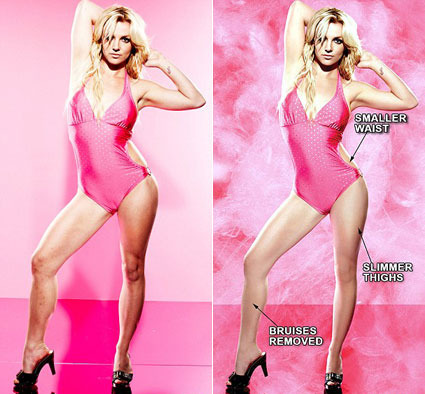
The models for the items in fashion photography are the subjects themselves. We'll educate youngsters to look past the surface. the narrative that the images convey, the brand that the images promote, and the item that the brand wishes to emphasise.
1 note
·
View note
Text
In Class Exercise - Connotation and Denotations; Heart Sign/Illustration
Words that come to mind:
Love
Warmth
Welcoming
Caring
Peace
Hugs
'I'm thinking about you'
'Hope you're okay'
Denotations - Glasses
Frame
Glass
Rims
Nose Pads
Screws
Vision
Sight
Nerd
Librarian
Fashion
Eyes
Blindness
Lenses
Device
1 note
·
View note
Text
Manipulation Practice - Piles of Clothes

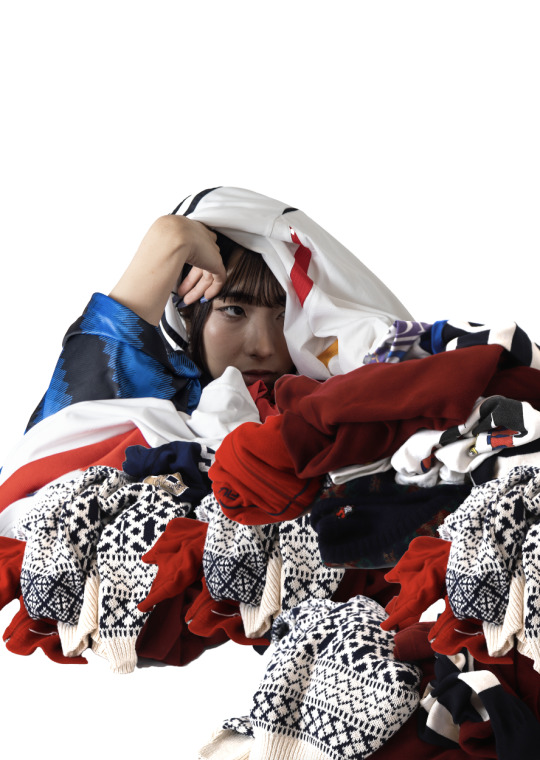

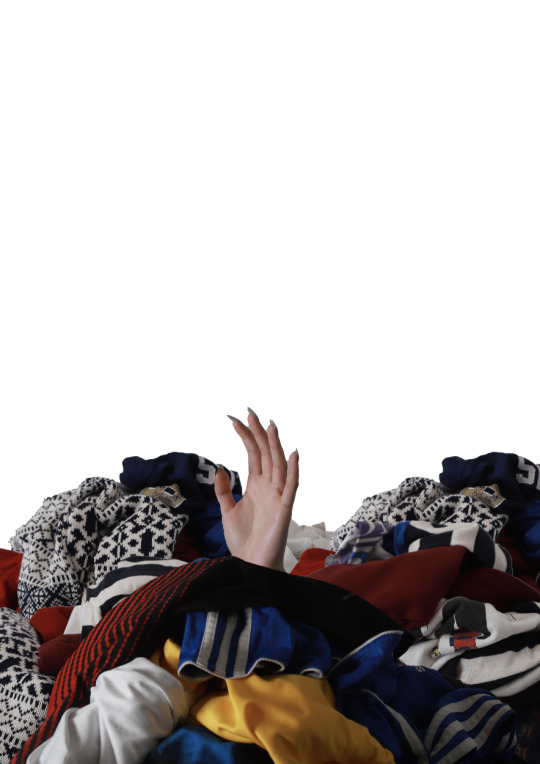

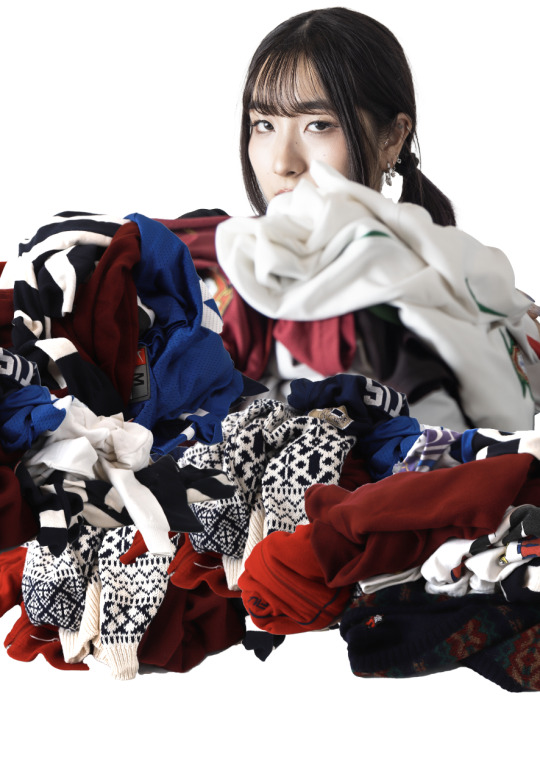

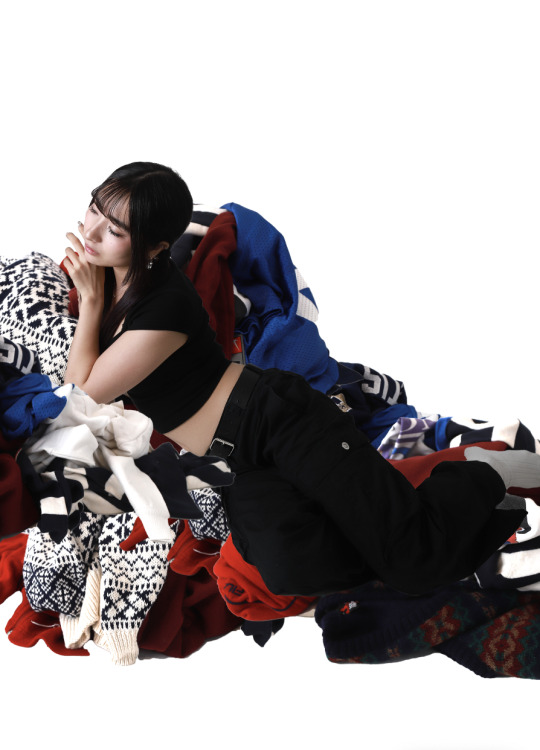

After exploring the idea of manipulating clothes piles, I am interested in incorporating a background that could resonate with viewers or make it more eye-capturing with the approach of influencing wariness.
I am heavily influenced by the image of textile waste dump in Chile as seen in my 'initial ideas' post.
1 note
·
View note
Text
Manipulation Practice - Clothes Flying

1 note
·
View note
Text
Manipulation Practice - Clothes Hand Out

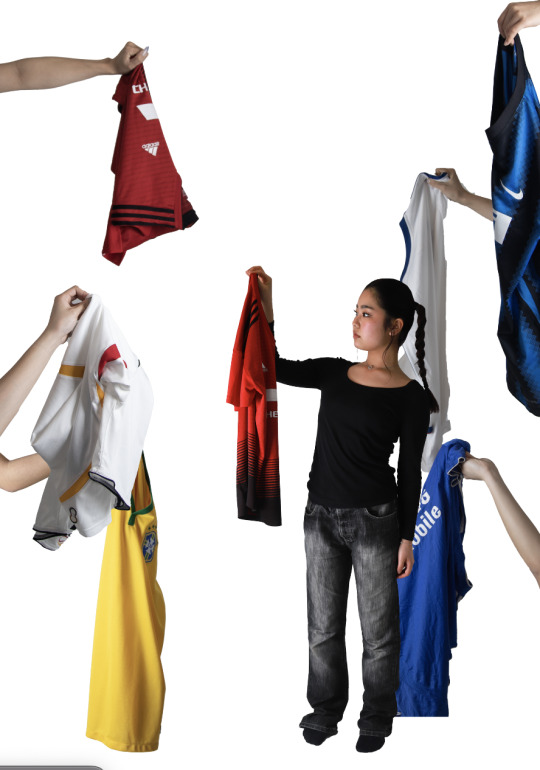
1 note
·
View note
Text
Manipulation Practice - Shopping Pattern
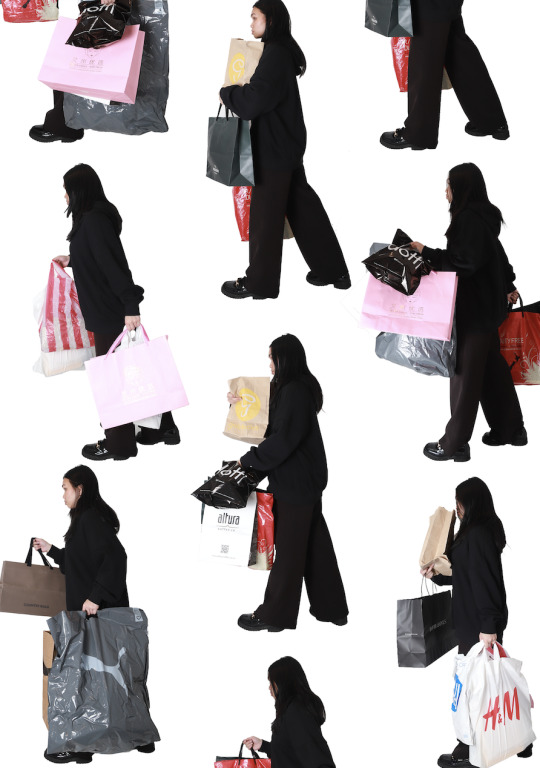
1 note
·
View note
Text
Contact Sheet - Modelled
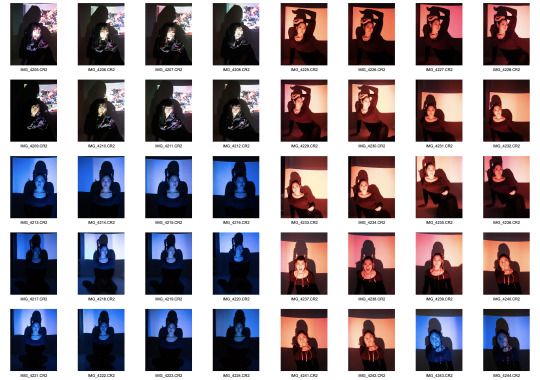



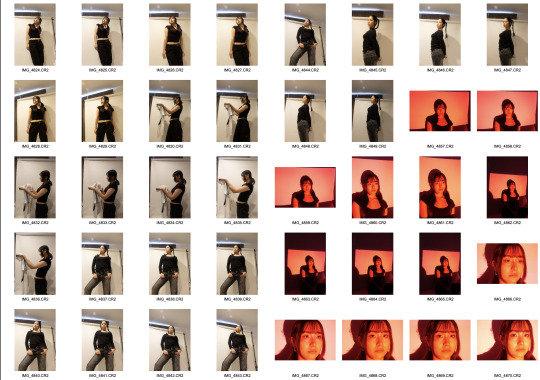
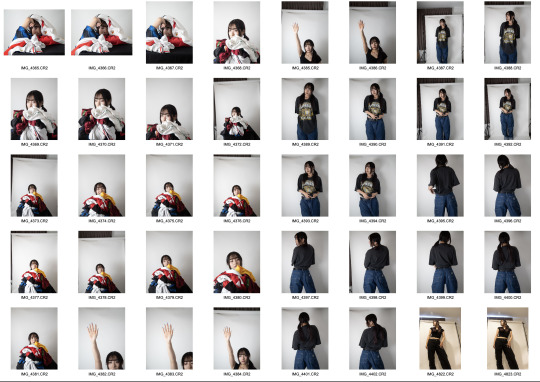

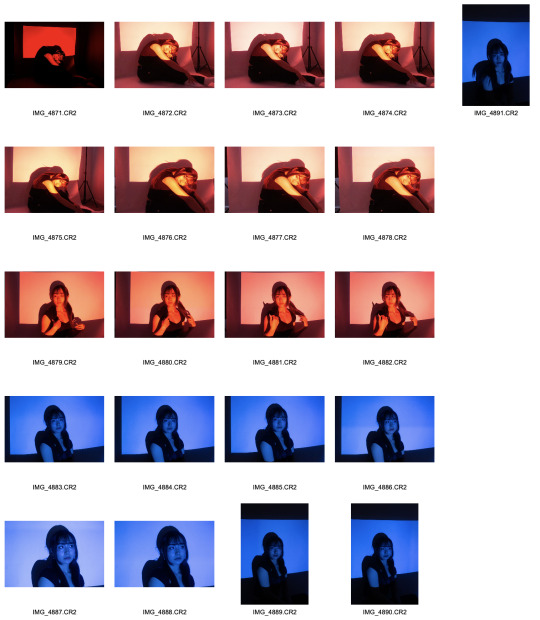
Shot with Abby Santillan
1 note
·
View note
Text
Contact Sheet - Start-up Exploration
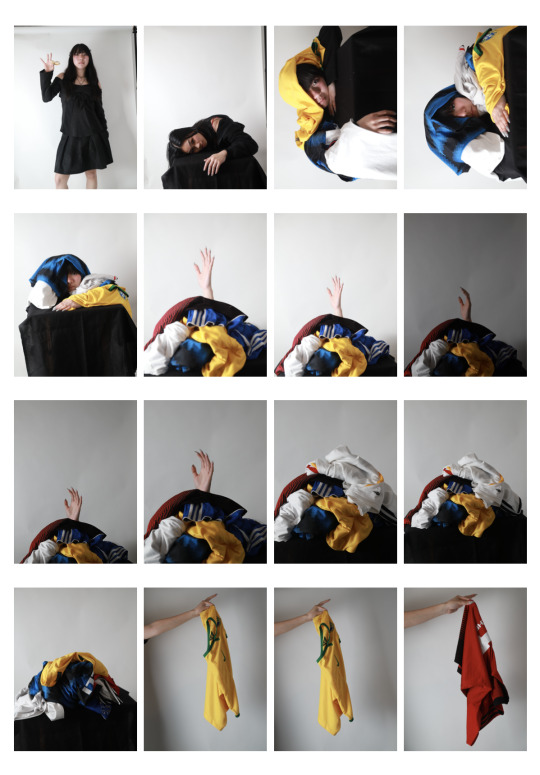
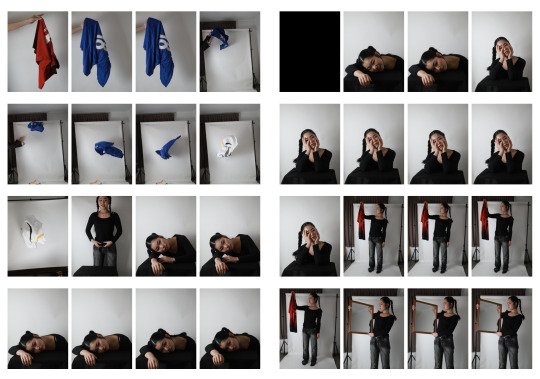
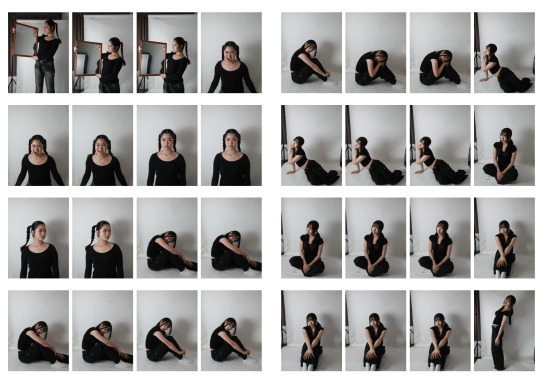

Shot with Abby Santillian
1 note
·
View note

